Pet Laparoscopy
Veterinary Laparoscopy in Sumner, WA.
Laparoscopic surgery gives veterinarians the ability to explore the abdominal cavity using a miniature camera instead of performing a traditional open procedure.
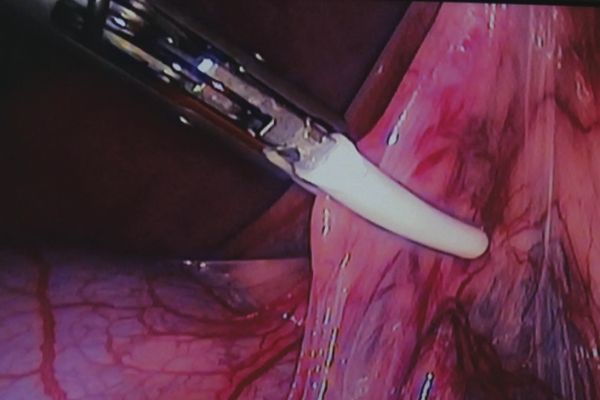
LOVE Spay
LOVE spay is short for a Laparoscopic OVE (ovariectomy). This is a minimally invasive spay that removes the ovaries from healthy animals and has been shown to be a less painful alternative to traditional spays.
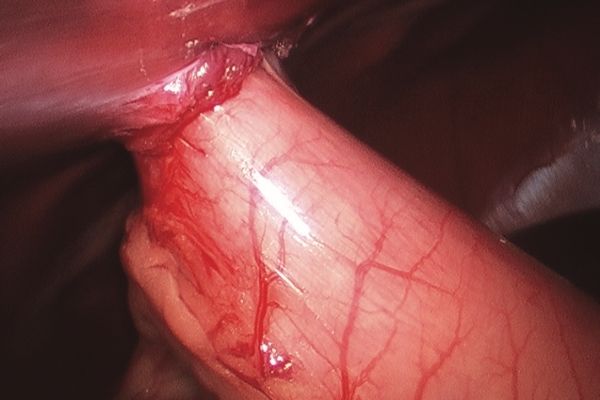
Prophylactic Gastropexy
Prophylactic gastropexy is recommended for all at-risk breeds. Laparoscopy allows excellent visualization and very quick recovery times.
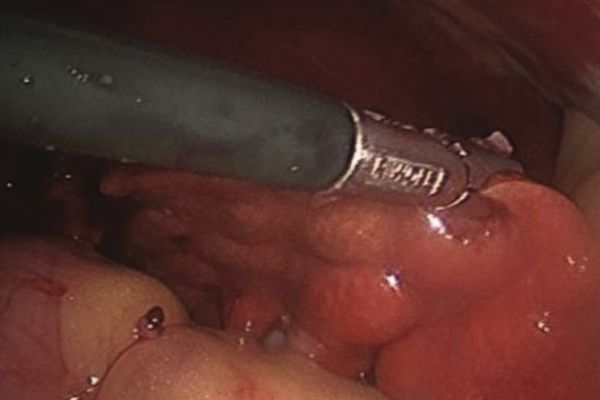
Liver Biopsy
Direct visualization during laparoscopy provides more comprehensive information than ultrasound.
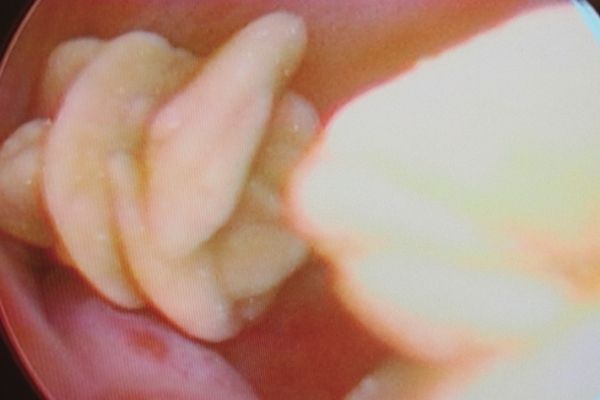
Cystoscopy
(bladder stone removal)
This procedure is used to examine the bladder with scope to remove stones and take tissue samples.
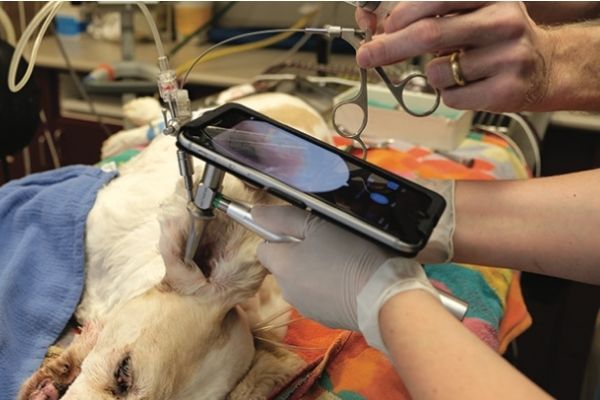
Otoscopy/Rhinoscopy
We utilize high-quality imaging to pinpoint recurrent and underlying problems inside the ear and the nose for better diagnosis and treatment.
Veterinary Laparoscopy FAQs
What are the benefits of a LOVE spay?
A LOVE spay is short for a Laparoscopic OVE (ovariectomy). With this technique, 2-3 small incisions are made into the abdomen, and laparoscopic equipment is used to perform the procedure.
Why LOVE Spay?
- Laparoscopic spays have been shown to cause 65% less pain than traditional spays. This means a faster recovery and less trauma to the patient.
- There is less risk of infection with smaller surgical incisions.
- Activity restriction is only recommended for the first 2-3 days after a LOVE spay versus 7-14 days for a traditional spay.
- Improved visualization and magnifica- tion increases operative precision and reduces blood loss.
